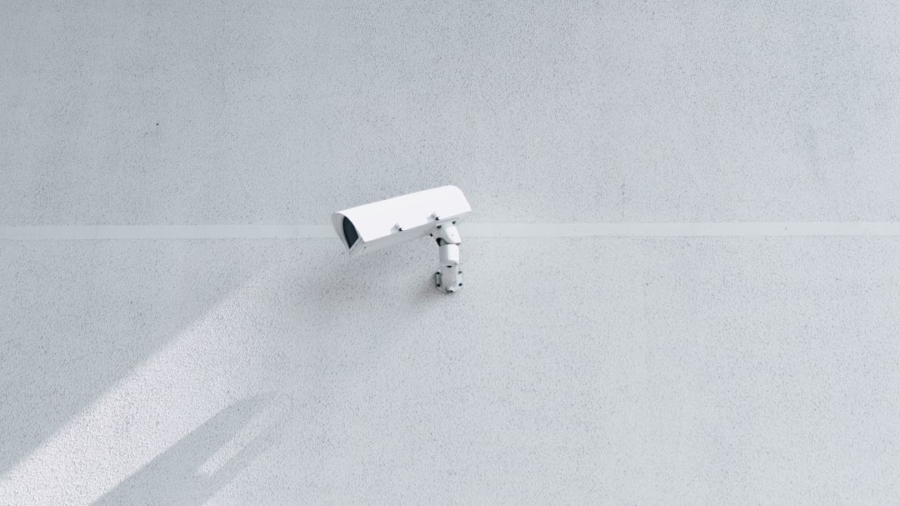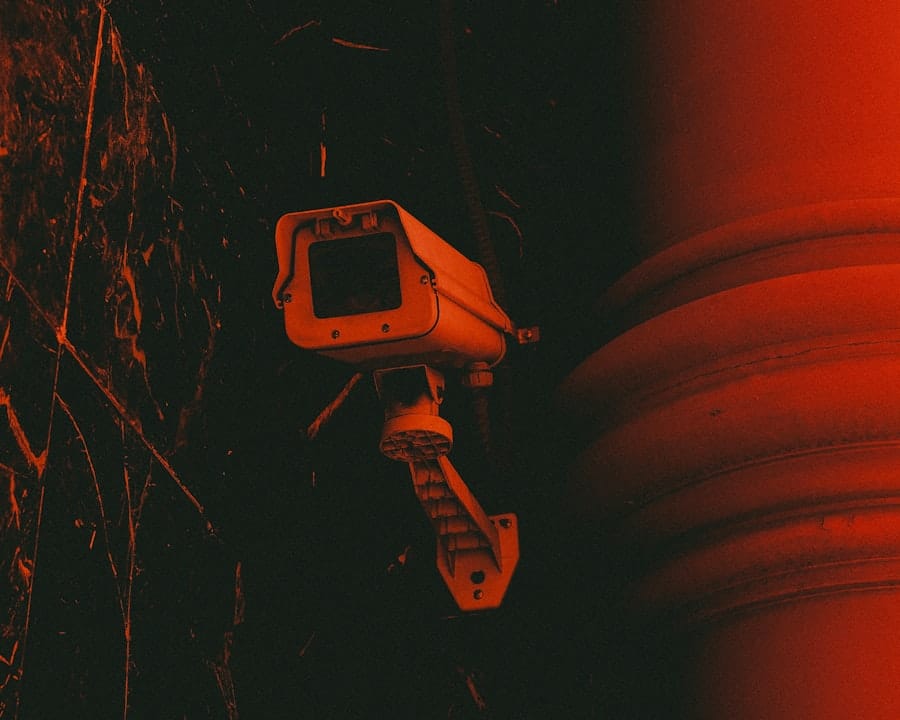Biometric security has evolved significantly over the past few decades, moving beyond the traditional reliance on fingerprints to encompass a wide array of technologies that leverage unique biological traits for identification and authentication. The increasing demand for secure access to sensitive information and physical spaces has driven innovation in this field, leading to the development of various biometric modalities that offer enhanced security and convenience. As organizations and individuals seek to protect their data and assets, understanding the diverse landscape of biometric security becomes essential.
The limitations of fingerprint recognition, such as susceptibility to spoofing and the need for physical contact, have prompted researchers and developers to explore alternative biometric methods. These alternatives not only provide higher accuracy but also cater to different environments and user preferences. From facial recognition to behavioral biometrics, the spectrum of biometric security solutions is vast and continually expanding, reflecting advancements in technology and a growing understanding of human physiology.
This article delves into several key biometric modalities, examining their mechanisms, applications, and implications for security in various contexts.
Key Takeaways
- Biometric security goes beyond fingerprints and includes facial recognition, iris scanning, voice recognition, vein pattern recognition, and behavioral biometrics.
- Facial recognition technology uses unique facial features to identify individuals and is being increasingly used in security systems and mobile devices.
- Iris scanning and retinal recognition are highly accurate biometric technologies that use the unique patterns in the iris and retina to verify a person’s identity.
- Voice recognition and authentication systems analyze an individual’s voice to verify their identity, and are commonly used in phone and computer security.
- Vein pattern recognition technology uses the unique patterns of veins in a person’s hand or finger to verify their identity, and is often used in high-security applications.
Facial Recognition Technology
Facial recognition technology has emerged as one of the most widely adopted biometric modalities in recent years. Utilizing sophisticated algorithms and machine learning techniques, this technology analyzes facial features to identify or verify individuals. The process typically involves capturing an image of a person’s face, which is then compared against a database of known faces.
Key attributes such as the distance between the eyes, the shape of the jawline, and the contour of the nose are measured to create a unique facial signature. The applications of facial recognition are diverse, ranging from security surveillance in public spaces to unlocking smartphones. For instance, law enforcement agencies have increasingly employed facial recognition systems to identify suspects in real-time, enhancing their ability to respond to criminal activities.
In commercial settings, retailers use facial recognition to analyze customer demographics and tailor marketing strategies accordingly. However, this technology is not without controversy; concerns regarding privacy, consent, and potential biases in algorithmic decision-making have sparked debates about its ethical implications.
Iris Scanning and Retinal Recognition
Iris scanning and retinal recognition are two advanced biometric techniques that leverage the unique patterns found in the human eye. Iris scanning focuses on the colored part of the eye, which contains intricate patterns that are unique to each individual. The process involves capturing a high-resolution image of the iris and analyzing its features to create a biometric template.
This method is highly accurate due to the stability of iris patterns over time and their resistance to environmental factors. Retinal recognition, on the other hand, examines the unique pattern of blood vessels in the retina at the back of the eye. This method requires a more invasive approach, as it necessitates close proximity to the eye for imaging.
While both techniques offer high levels of accuracy and security, their applications differ. Iris scanning is often used in access control systems for secure facilities, while retinal recognition has found its niche in high-security environments such as military installations and research laboratories. Despite their effectiveness, both methods face challenges related to user acceptance and potential health concerns associated with close-range imaging.
Voice Recognition and Authentication
Voice recognition technology capitalizes on the unique characteristics of an individual’s voice, including pitch, tone, and speech patterns. This biometric modality has gained traction in various applications, particularly in customer service and security systems. Voice authentication systems typically require users to speak a specific phrase or sentence, which is then analyzed for distinctive vocal traits.
The technology can be implemented in phone-based systems or integrated into smart devices for hands-free access. One notable application of voice recognition is in banking services, where customers can authenticate transactions or access accounts using their voice. This method enhances security by adding an additional layer of verification beyond traditional passwords or PINs.
As technology advances, efforts are being made to improve the robustness of voice recognition systems against such vulnerabilities.
Vein Pattern Recognition
Vein pattern recognition is an innovative biometric modality that analyzes the unique patterns of veins beneath the skin’s surface. This technique can be applied to various body parts, including fingers and palms, making it versatile for different applications. The process typically involves using near-infrared light to illuminate the skin, revealing the vein patterns that are then captured by a camera or sensor.
The resulting images are processed to create a biometric template that can be used for identification or authentication. One of the significant advantages of vein pattern recognition is its high level of security; vein patterns are difficult to replicate or forge due to their internal nature. This makes them less susceptible to spoofing compared to external features like fingerprints or facial images.
Applications for vein pattern recognition include access control systems in secure facilities and time-and-attendance tracking in workplaces. Despite its advantages, widespread adoption has been limited by factors such as cost and user familiarity with the technology.
Behavioral Biometrics
Behavioral biometrics represents a shift from physiological traits to patterns of behavior as a means of identification and authentication. This modality analyzes how individuals interact with devices or systems, focusing on factors such as typing speed, mouse movements, and even walking patterns. By establishing a baseline of normal behavior for each user, systems can detect anomalies that may indicate unauthorized access attempts.
For example, in cybersecurity applications, behavioral biometrics can enhance user authentication by continuously monitoring user behavior during a session. If a user’s typing rhythm suddenly changes or if they exhibit unusual mouse movements, the system can trigger additional security measures or alert administrators. This approach not only improves security but also enhances user experience by minimizing friction during authentication processes.
However, challenges remain in terms of accurately modeling behavior across different contexts and ensuring privacy while collecting behavioral data.
Multi-Modal Biometric Systems
Multi-modal biometric systems combine two or more biometric modalities to enhance accuracy and security in identification and authentication processes. By leveraging multiple sources of biometric data—such as combining facial recognition with voice authentication—these systems can mitigate the limitations associated with individual modalities. For instance, if one biometric trait is compromised or fails due to environmental factors (like poor lighting for facial recognition), another modality can serve as a backup.
The integration of multi-modal systems is particularly beneficial in high-security environments where robust authentication is paramount. For example, airports may employ multi-modal systems that require passengers to present their passports (a physical document), undergo facial recognition (a physiological trait), and provide a fingerprint (another physiological trait) before boarding an aircraft. This layered approach significantly reduces the risk of unauthorized access while accommodating various user preferences and situations.
Future Trends in Biometric Security
As technology continues to advance at an unprecedented pace, the future of biometric security holds exciting possibilities. One emerging trend is the integration of artificial intelligence (AI) into biometric systems, enhancing their ability to learn from data and improve accuracy over time. AI algorithms can analyze vast amounts of biometric data to identify patterns that may not be immediately apparent, leading to more reliable identification processes.
Another trend is the increasing focus on privacy-preserving biometric solutions. As concerns about data security and individual privacy grow, researchers are exploring methods that allow biometric data to be processed locally on devices rather than transmitted to centralized databases. This approach minimizes risks associated with data breaches while still enabling secure authentication.
Devices such as smartwatches could incorporate multiple biometric sensors—such as heart rate monitors or skin temperature sensors—allowing for continuous authentication without requiring explicit user actions. In conclusion, as biometric security continues to evolve beyond traditional fingerprints, it opens up new avenues for secure identification and authentication across various sectors.
The integration of diverse modalities not only enhances security but also addresses user concerns regarding privacy and convenience. As we look ahead, it is clear that biometric technology will play an increasingly vital role in shaping our interactions with digital systems and physical environments alike.
If you are interested in learning more about technology and security, you may want to check out the article How To Geek Is an Online Technology Magazine Created. This article discusses the creation and evolution of an online technology magazine, providing valuable insights into the world of technology and how it continues to shape our lives.
FAQs
What is biometric security?
Biometric security is a method of authentication that uses unique biological characteristics, such as fingerprints, facial recognition, iris scans, or voice recognition, to verify a person’s identity.
How is biometric security evolving beyond fingerprints?
Biometric security is evolving beyond fingerprints by incorporating other biometric modalities such as facial recognition, iris scans, voice recognition, and even behavioral biometrics like gait analysis and typing patterns. This allows for more secure and accurate authentication methods.
What are the advantages of evolving biometric security beyond fingerprints?
Evolving biometric security beyond fingerprints offers increased security, as multiple biometric modalities can be used for authentication. It also provides more flexibility and convenience for users, as they can choose the biometric modality that best suits their needs.
What are the potential applications of evolving biometric security beyond fingerprints?
The potential applications of evolving biometric security beyond fingerprints are vast, including access control for buildings and devices, secure payment authentication, border control and immigration, and even healthcare and patient identification.
What are the challenges of evolving biometric security beyond fingerprints?
Challenges of evolving biometric security beyond fingerprints include ensuring the privacy and security of biometric data, addressing potential biases in biometric algorithms, and ensuring interoperability and standardization across different biometric modalities and systems.



